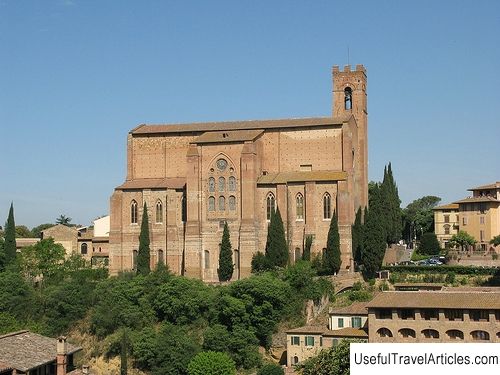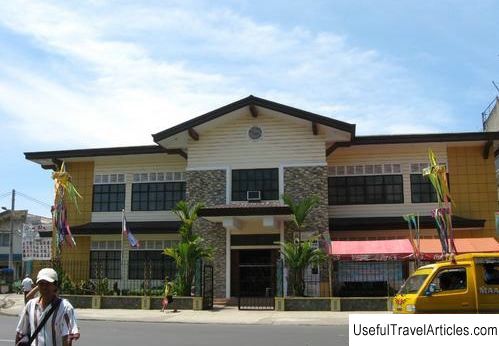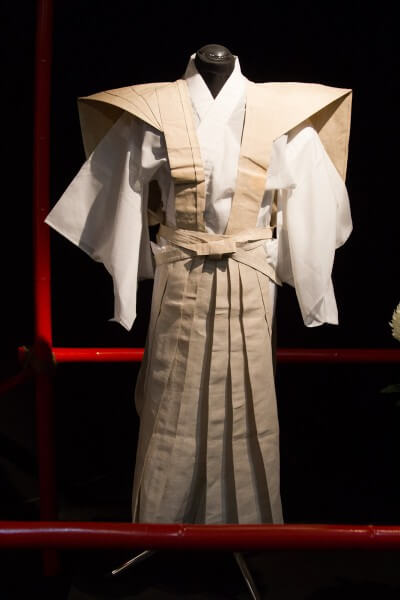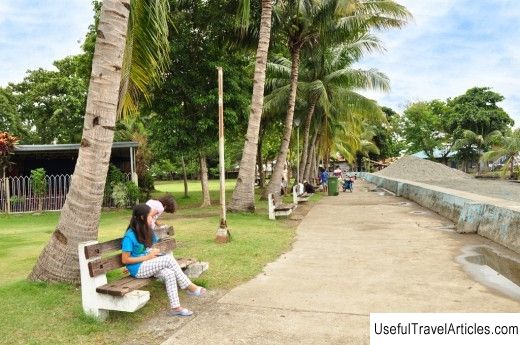Japanese Museum and Japanese Tunnel description and photos - Philippines: Davao
Rating: 8,7/10 (6785 votes) 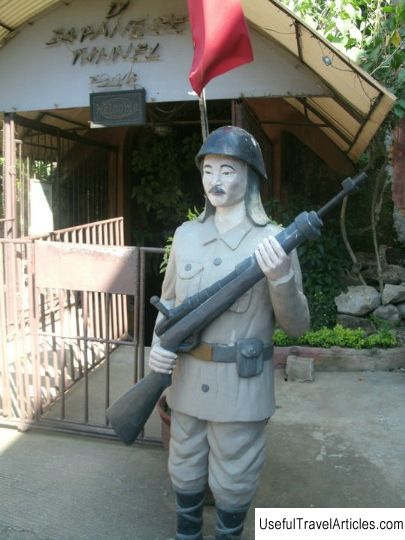
Japanese Museum and Japanese Tunnel description and photos - Philippines: Davao. Detailed information about the attraction. Description, photographs and a map showing the nearest significant objects. The title in English is Japanese Museum and Japanese Tunnel. Photo and descriptionThe Japanese Museum, sometimes called the Japanese-Filipino Museum, is located in the Matsuo district of Davao city. The museum's collections contain a variety of exhibits related to different historical periods and telling visitors about the life of Japanese settlers in Davao before World War II (and in those years there were about 20 thousand of them!), During the occupation of the island and after the liberation of Mindanao by the American-Filipino troops. In addition to the evidence of the war years, you can see many interesting things from everyday life, for example, a furu - a traditional Japanese bath, a collection of national Filipino and Japanese costumes and household items. The collection of Japanese coins and banknotes is of great value. Of course, it was not done without a huge number of drawings and photographs, first of all, famous Japanese and Filipinos, as well as the first Japanese-Filipino families and their descendants. An interesting part of the collection is a real machine for processing Manila hemp, also known as abacus, and other tools used on abacus plantations. Before and during World War II, it was Davao that was the center for the production of Manila hemp, from which fiber was obtained for the manufacture of sea ropes, fishing nets and other items. The museum also displays other fascinating exhibits, artifacts and antiques used in agriculture. Here you can see several magazines and other publications dating from the post-war period, as well as memories of the Japanese inhabitants of Davao of that time. In general, the exhibits of the museum allow you to touch the life of people who find themselves far from their homeland and are forced to adapt to new conditions. Another popular tourist attraction associated with the stay of the Japanese in Davao is the Japanese Tunnel, located half an hour from the city center. This tunnel is said to have served as a refuge for Japanese soldiers during World War II. Today, the first things that tourists see when approaching the tunnel are statues of a Japanese soldier from the Second World War and a Japanese woman dressed in a kimono. In the tunnel itself, you can also see several statues of soldiers, prisoner chambers, guns, water tanks, etc. In addition, there are several chapels in the tunnel, including one with a copy of the Golden Buddha. The tunnel itself is small - about 300 meters in length, but it has branches, which can lead deep into the structure. However, tourists are not allowed access there.       We also recommend reading Mitchell Library description and photos - Great Britain: Glasgow Topic: Japanese Museum and Japanese Tunnel description and photos - Philippines: Davao. |

